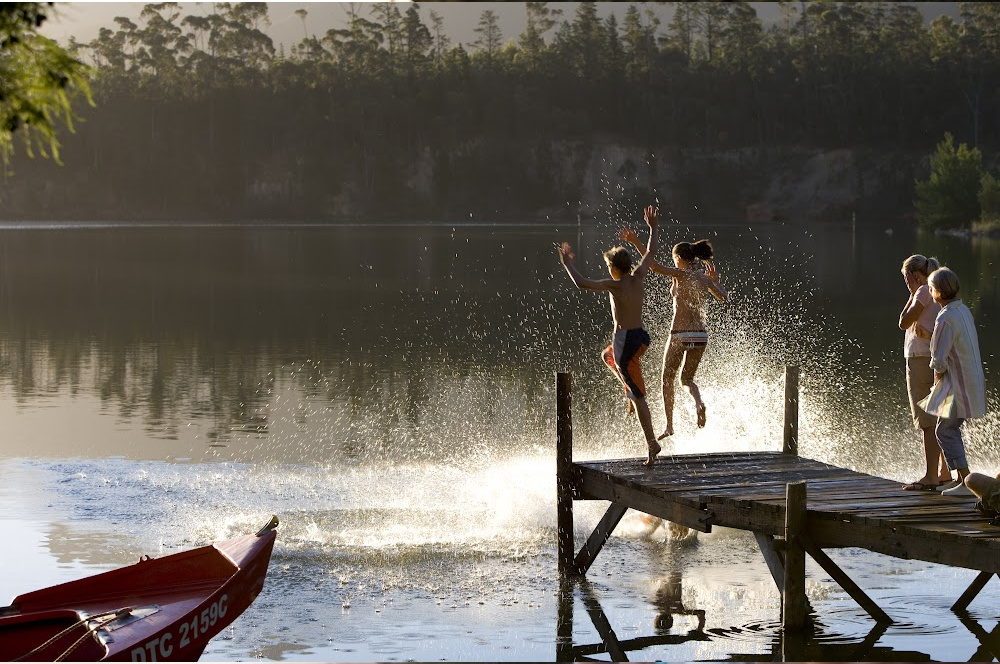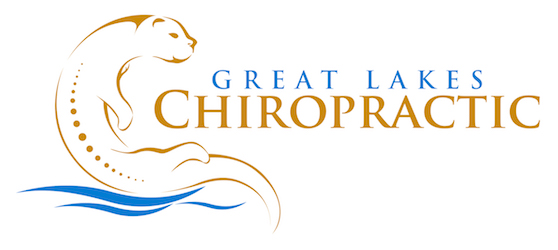
Adjustment Aftercare
If you are someone who has been considering seeing a chiropractor for an adjustment, but you want more information on what to expect of yourself?
Then keep reading…
Many suggestions are simple. Once you read through this, they could be considered common-sense recommendations; however, if you have never experienced an adjustment, this information will undoubtedly be new.
These tips are great even if you have not had an adjustment, but you will be glad you stopped by for a quick read when you decide to have one.
Following an Adjustment
 Remain as active as you normally would. Immediately following an adjustment is not the time to start a new sport or dive into a heavy workout, but remaining sedentary when you are an active person can cause your muscles to tighten. In other words, you can feel stiff if you don’t resume an average or moderate amount of movement.
Remain as active as you normally would. Immediately following an adjustment is not the time to start a new sport or dive into a heavy workout, but remaining sedentary when you are an active person can cause your muscles to tighten. In other words, you can feel stiff if you don’t resume an average or moderate amount of movement.
Drink lots of water. Hydration is always a recommendation, but remaining hydrated after an adjustment will allow your body the environment it needs to fall into its new alignment.
Be mindful of your posture. Many people arrive at the chiropractor for spine health and poor posture adjustments. After an adjustment, be aware of your posture and avoid slouching or long periods of standing without keeping your abdominal muscles tight.
Get enough sleep. Sleep allows your body to recuperate. Ensuring you get a long, restful sleep will ensure your body has a break to rest and settle into its adjusted state. Some people report feeling soreness following an adjustment, so avoid sleeping on your stomach, worsening the soreness. Instead, sleep on your back or side with a pillow between your knees to maintain the spine’s alignment.
Use ice intermittently for soreness. Ice is perfect for reducing swelling and for providing pain relief. Use it in 20-minute intervals to ensure you don’t injure your skin and use a barrier like a dishtowel.
Your chiropractor will likely give you some stretches to do at home. Chiropractic care is a holistic method with many dimensions concerning adjustments. Your chiropractor often recommends stretches and light exercises to help your adjustments and healing.
Equally as Important
Do your best not to be sedentary after your adjustments; if you must sit for long periods, ensure you get up and move around every 20 minutes. It is also recommended that you do not participate in anything that will cause you to make explosive movements, like boxing, heavy weightlifting, or contact sports.
Many of these suggestions are simple, but every person is different, and their bodies will react differently to chiropractic adjustments. Whatever the case is for you, these recommendations will ensure you get the most out of your chiropractic adjustment experience.
I hope I have been answering your questions about chiropractic care. My goal is to remove the mystery and to allow you to make an informed decision about your circle of medical and holistic care!
Until next time, be safe and enjoy the warmer weather we have been getting!
Water Activity Injury Prevention
If you live near water, being active in water is a great way to enjoy the summer. From swimming to kayaking and canoeing to paddle boarding, local lakes and rivers are certainly a family favorite during the warm months.
Water safety is the most critical factor when we plan to engage in water activities. But aside from safety, here are some tips on preventing musculoskeletal injuries when on the water:
Being on the water has a calming effect on most people. The light waves, the sounds, and the crisp air can be meditative, even. These low-impact activities are excellent ways to improve your strength, stamina, flexibility, and mental sharpness.
 Water activities can increase your heart health without too much friction on your joints, muscles, and ligaments—the paddling motion paired with the balance required to tone almost your entire body, particularly your core.
Water activities can increase your heart health without too much friction on your joints, muscles, and ligaments—the paddling motion paired with the balance required to tone almost your entire body, particularly your core.
Aside from wearing a lifejacket, there are other safety precautions to consider. Here are some ways to help you prevent seeing me for these or similar reasons:
Proper form when paddling is a big one. Refraining from overextending your arms and straining your shoulders will promote adequate paddling posture. Using your core and upper back instead of just your arms will help maintain a good paddling cadence while preventing strain on your shoulders, back, and neck.
Keep your body aligned and limber. Ensure your spine is not misaligned to compensate for poor paddling form. This will prevent disc issues, strains, and joint pain. The most common injuries I see in my practice are rotator cuff pain, wrist strain, disc prolapse, shoulder dislocation, and tendon inflammation. All of these ailments are preventable with education and practice!
Stretching to warm up and afterward. I can never say enough about light stretching. Not only will it allow your muscles to remain flexible, stretching helps to prevent soreness post-activity.
Stay hydrated and eat light meals. Being on the water all day sometimes makes us forget to hydrate and eat. A nutritious diet and drinking water are a must when it comes to maintaining muscle and joint health. Heavy or salty meals can lead to cramping and dehydration.
I hope you have a chance to enjoy the summer months outdoors and on the water. Being in nature is the best way to relieve stress, appreciate the moment, and achieve our best sleep.
To ensure you prioritize your health, talk to us about water activity safety and how to best prevent injuries. And remember, overconsumption of alcohol and water activities don’t mix.
Prevention is always the first line of defense. If you have any questions or want more information on proper paddling form when engaged in water activities, do ask us.
